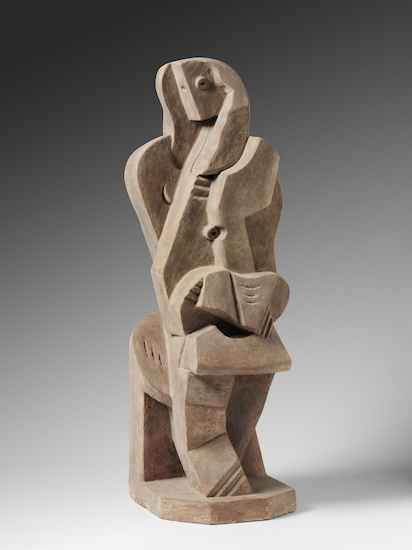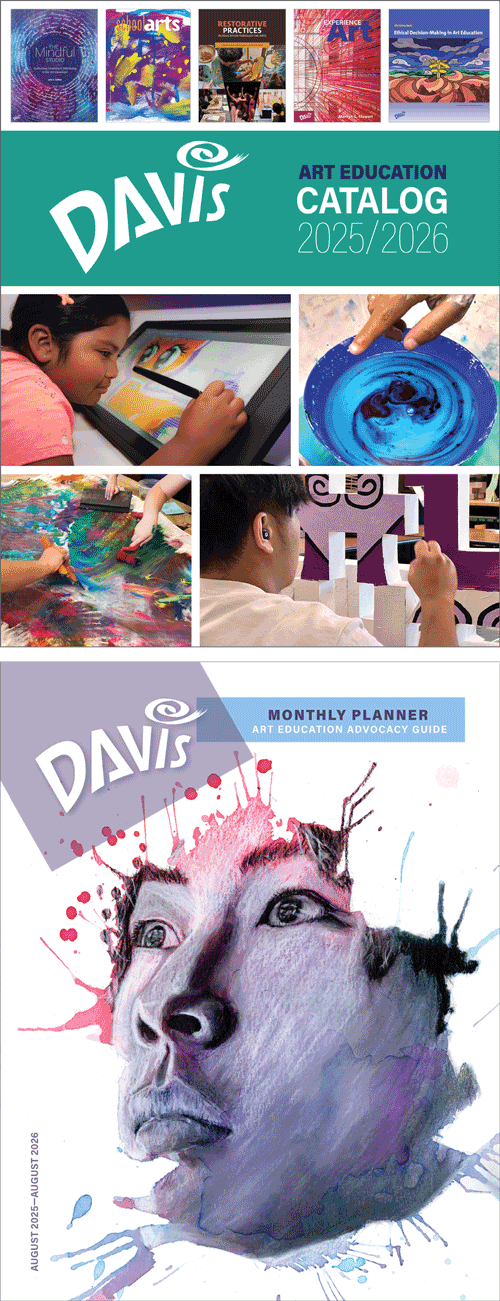Artist Birthday: Jacques Lipchitz
Jacques Lipchitz was an extraordinary early modernist sculptor who worked in the Cubist idiom longer than most other artists associated with the style. Eventually his style incorporated the monumentality of Baroque sculpture, yet still connected to the Cubist aesthetic.
Artist Birthday for 22 August: Jacques Lipchitz (1891–1973 United States, born Lithuania)
Jacques Lipchitz was an early modernist sculptor who explored Cubist forms for much of his career.
 |
| Jacques Lipchitz, Reader II, 1919. Painted plaster, 77.5 x 24.8 x 27.9 cm. Philadelphia Museum of Art. © 2025 Estate of Jacques Lipchitz, courtesy Marlborough Gallery, New York / Artists Rights Society (ARS), New York. (PMA 9341lzars) |
Of all the Cubist artists, Lipchitz explored the possibilities of the style to the fullest extent. Cubism was a liberating factor for Lipchitz, allowing him to reevaluate the nature of form in its simplest elements, and asserting sculpture as an entity unto itself rather than an imitation of something in nature. An implicit figure was always present in his works, composed of intersecting horizontal and vertical planes, and some with curvilinear contours.
Lipchitz produced several versions of The Reader in the Cubist aesthetic. This 1919 version is much less abstract than his figures of earlier in the decade, and there are more curvilinear forms in this work. While still expressing the construction of the human form in terms of multiple planes, this work points towards Lipchitz's style that evolved during the 1920s or overall abstraction in more organic forms.
Cubism was developed by Pablo Picasso (1881–1973) in collaboration with Georges Braque (1882–1963), a brief but very intense and highly productive period between 1908 and 1914. Braque’s early advance towards Cubism was characterized by a style closely aligned to the style of the late landscapes of Paul Cézanne (1839–1906): forms reduced to simple volumes with a muted palette. The two artists began to collaborate when they realized their painting was converging on the same point. After World War I (1914-1918), Picasso and Braque explored many variations of Cubism. The style had many adherents, all whom put their own spin on it.
Born and raised in Lithuania, Jacques Lipchitz was attracted to drawing and modeling clay at a young age. The son of a building contractor from an affluent banking family, he went to Paris, already the center of modern experiment in painting and sculpture, in 1909. At first he was influenced by drawings of the Medieval French architect Villard de Honnecourt (1200–1266), and in medieval, archaic Greek, Egyptian, and African sculpture.
Through his friendship with Diego Rivera (1886–1957) he met many Cubist painters, among them Picasso and Braque. Like the cubist painters, Lipchitz was conservative in technique, using traditional materials, methods, and subjects. He was, however, avant-garde in relation to formal problems of expression.
In 1913 he introduced geometric stylization into his figures. By 1916 he had produced a variety of fully Cubist works in wood, stone, and metal. The period between 1915 and 1917 was the time he experimented the most fully with abstract simplification of form. From the 1930s until the end of his life, Lipchitz explored expressiveness in his sculpture, creating more organic interpretations of Cubism, and a more free form, Baroque type of modeling. He moved to the United States in 1941 to escape World War II (1939–1945). He produced many large-scale, more organic sculptures, many of them based on classical and biblical subjects.

Comments